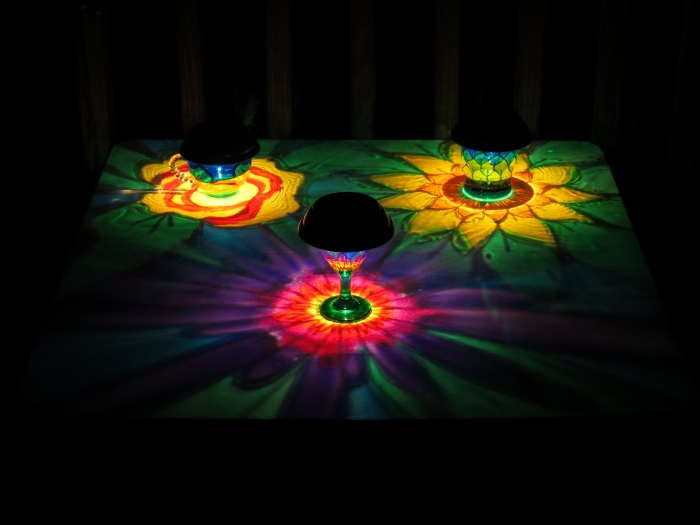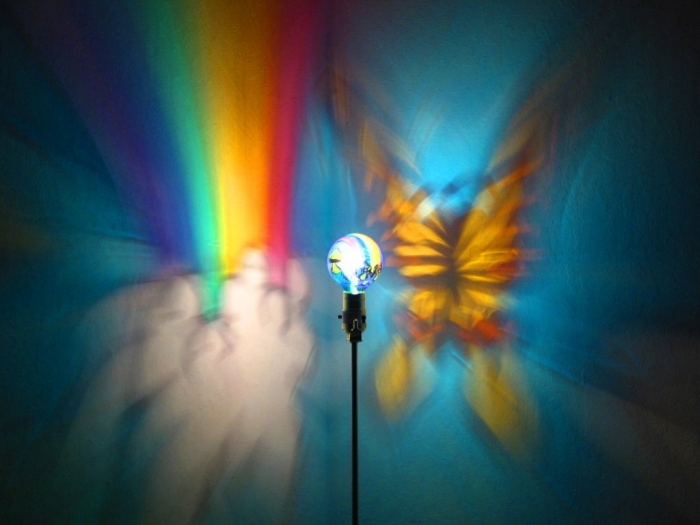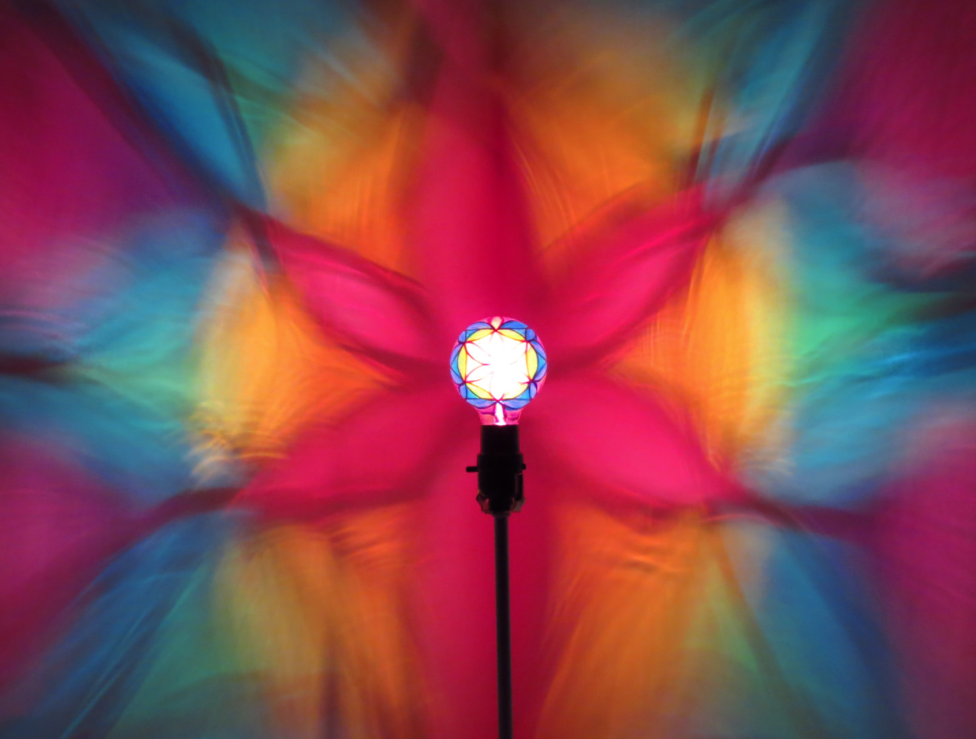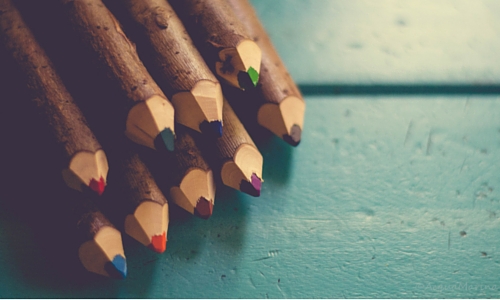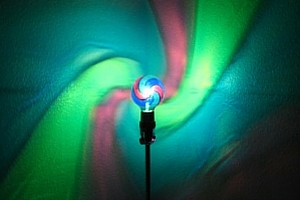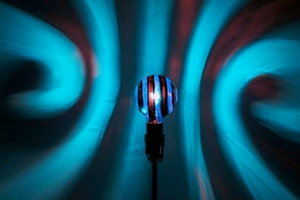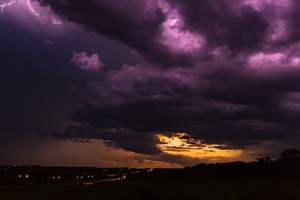DIY Light Bulb Projects
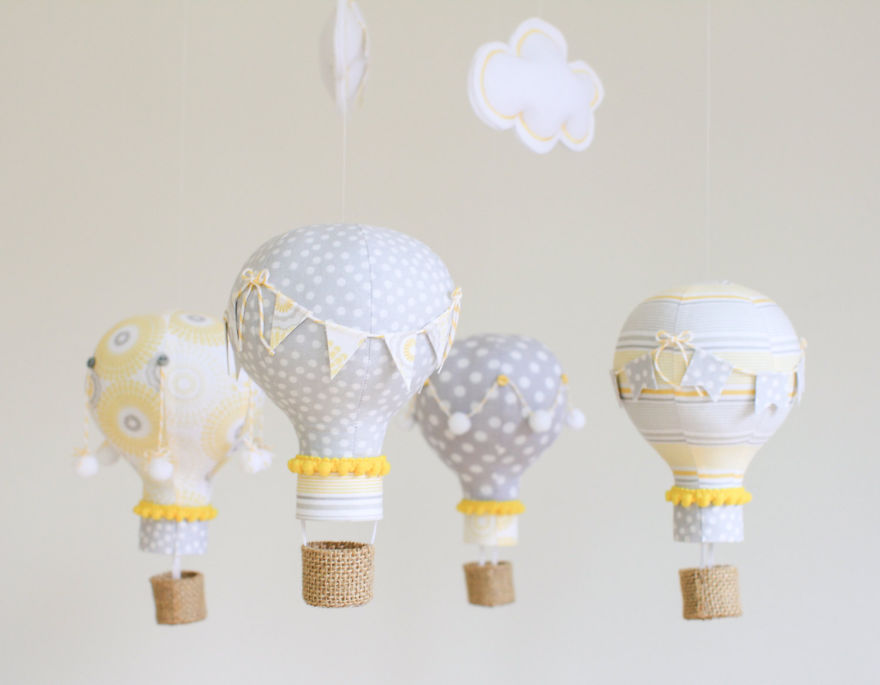
If you haven’t already guessed it, I’m very much a self-diagnosed, DIY addict. I am lucky. I get to express my love of creating through my hand-painted mood lights on a daily basis along with my other crafts.
Obviously, my favorite medium is re-purposed light bulbs. When I’m not painting them and dreaming up new designs, I’m searching for new ways to refurbish old lights. Breathing new life into what someone else discarded is both challenging and rewarding, and I think if more of us knew how easy it was to refurbish, we could eliminate how much we actually write-off as “broken”.
I already have a whole Pinterest board dedicated to DIY projects for the home; however, this time I wanted to focus solely on DIY projects using old, broken light bulbs. These would make awesome projects to do with the kids and are just in time for some spring redecorating.
1. Hot Air Balloons courtesy Jenn Erickson (pictured above)
This project seems perfect for a nursery or birthday party. I can just see these little hot air balloons floating from string in every color of the rainbow brightening up your home! The cost for this project as noted in this post was under $1 – that’s incredible! It’s a fairly easy to follow DIY tutorial from blogger Jenn Erickson.
2. Chic Bud Vase courtesy ApartmentTherapy.com
I have seen (and previously shared) the small planter / geranium idea for repurposing light bulbs, but I recently fell in love with this gorgeous bud vase idea. A great blog for DIY’ers, Apartment Therapy, shared this tutorial. For $5, you can create a really chic décor piece that you could put at your desk, on an end table, or in the kitchen.
3. Valentine Bulb courtesy of DesignSponge.com
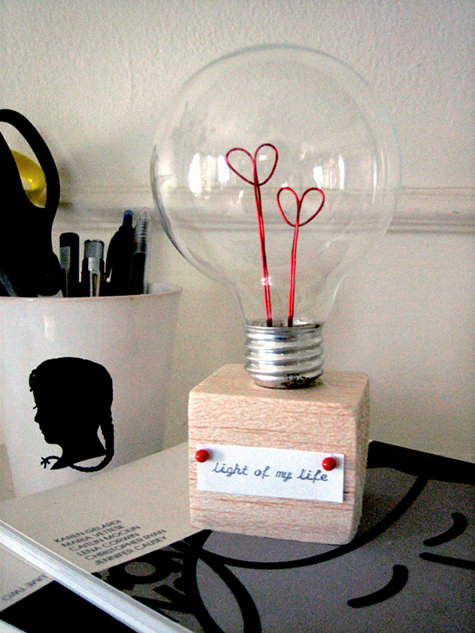
Ah, it makes me so sad that Valentine’s Day has already passed this year and I’ve just found this project! Aren’t these “Light of My Life” bulbs adorable? Homemade gifts really are the best, and these only take about an hour from start to finish to complete. And even though Valentine’s Day was a few months ago, you can make these for Mother’s Day, Father’s Day, etc.
4. DIY Spice Rack
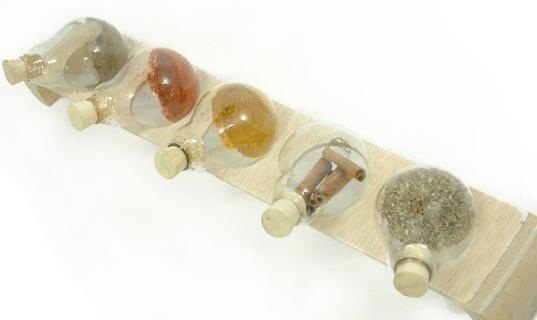
Pretty much my favorite idea so far, this is especially cool since it can make for a conversation piece at the dinner table (salt & pepper). AND, since light bulbs are clear, your spice rack will radiate with an array of colors from red pepper, to green basil, to yellow curry. With just a few simple steps like removing the wiring inside the bulb and screwing on a lid, you’ve got yourself spice holders just waiting to hang out on your counter top.
I’m always looking for new ideas to use in my home and to post on social media, so if you have anything to add, feel free to share!


